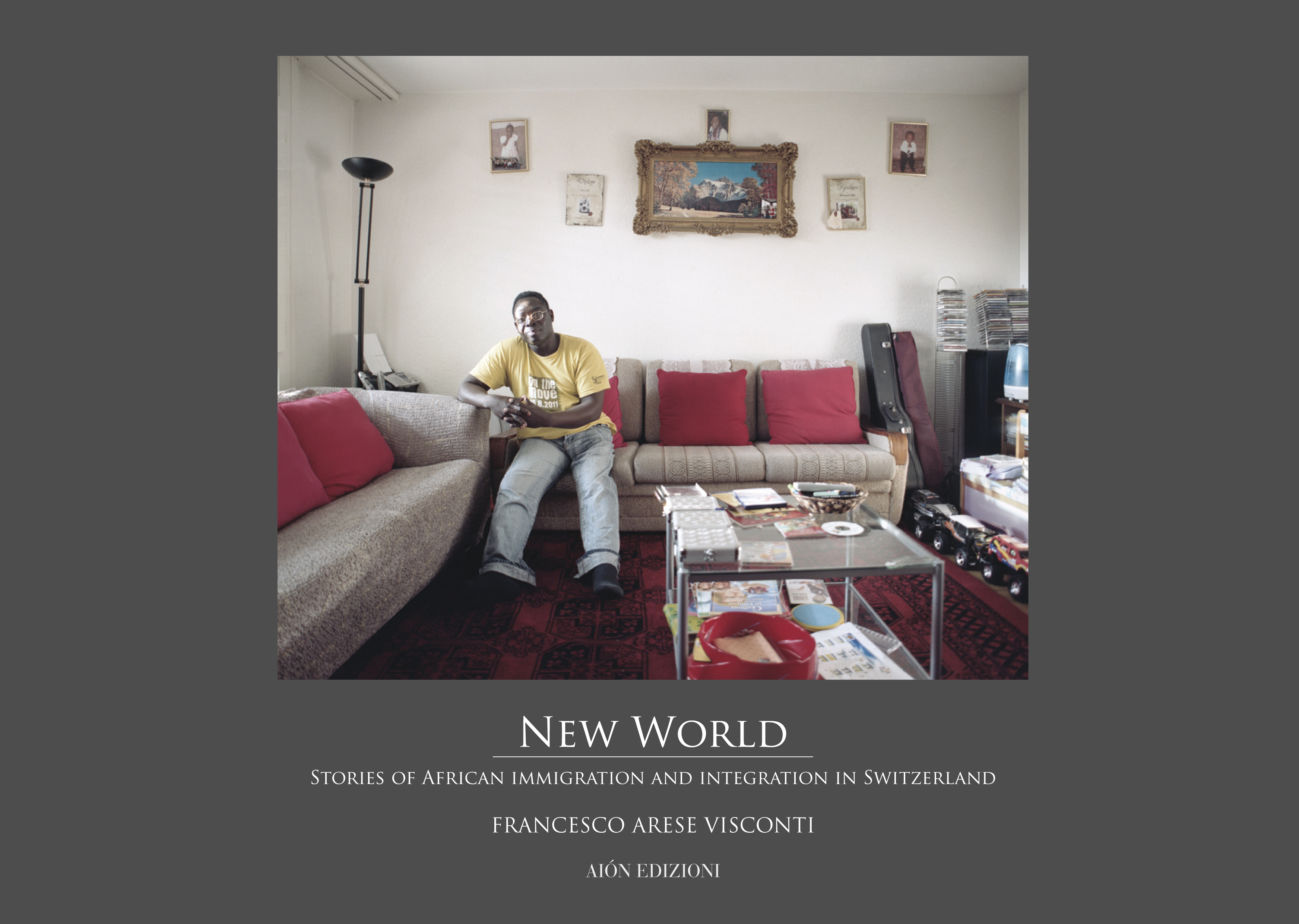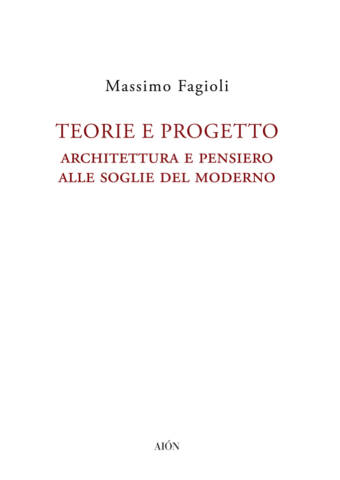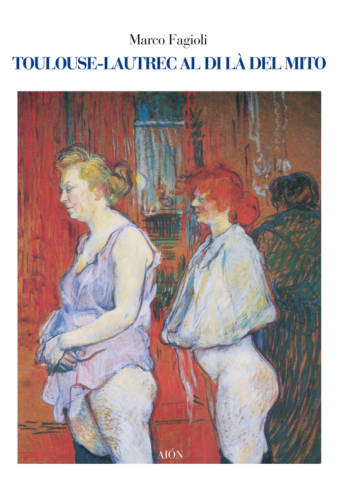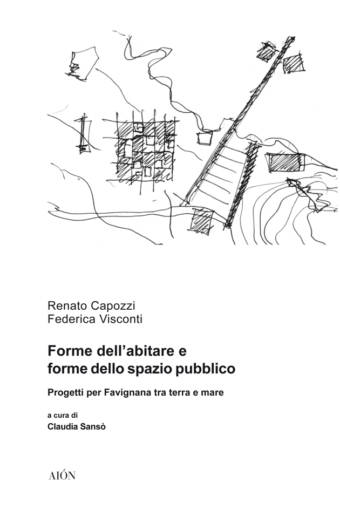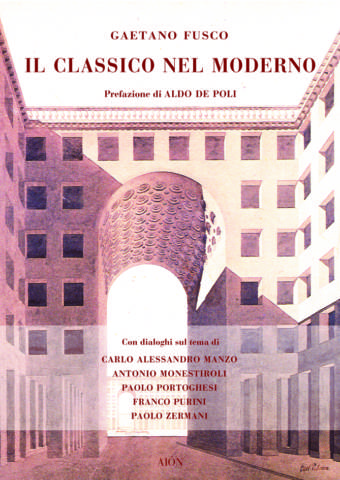Descrizione
“New World: Storie di immigrazione e di integrazione in Svizzera”
Le fotografie rappresentano storie di immigrazione in Svizzera dall’Africa e permettono ai soggetti ritratti di condividere le loro esperienze con la comunità globale.
Queste immagini dimostrano che è essenziale considerare la prospettiva del soggetto, al fine di apprezzare appieno il processo di immigrazione. Arese Visconti presenta una ricerca che mette a fuoco i possibili problemi di immigrazione e di integrazione Africana in Svizzera. Il progetto consiste in una serie di ritratti e interviste che documentano la storia del processo lungo e spesso complicato dell’immigrazione Africana in Svizzera. Le persone intervistate vengono ritratte a casa o nei loro ambienti professionali. Le immagini prodotte sono in questo modo ricche di dettagli che aggiungono informazioni sulle storie personali di immigrazione e di integrazione.
“New World: Stories of African Immigration and Integration in Switzerland”
The photographs represent the “Voice of Immigration” in Switzerland and allow the subjects to personalize and share their experiences with the global community.
Visconti’s exhibition demonstrates that it is essential to consider the subject’s perspective in order to fully appreciate the immigration process, thereby also providing effective case studies of immigration which can then be used by the Swiss government in its review of immigration legislation.
Arese-Visconti’s research focus concerns immigration and migratory movements. The project consists of a collection of portraits and interviews that document the story of the long and often complicated process of Swiss immigration. The portraits capture immigrants in both their home and professional environments, allowing the contexts to illustrate the relative successes or limitations of the subjects’ integration into Swiss culture.

